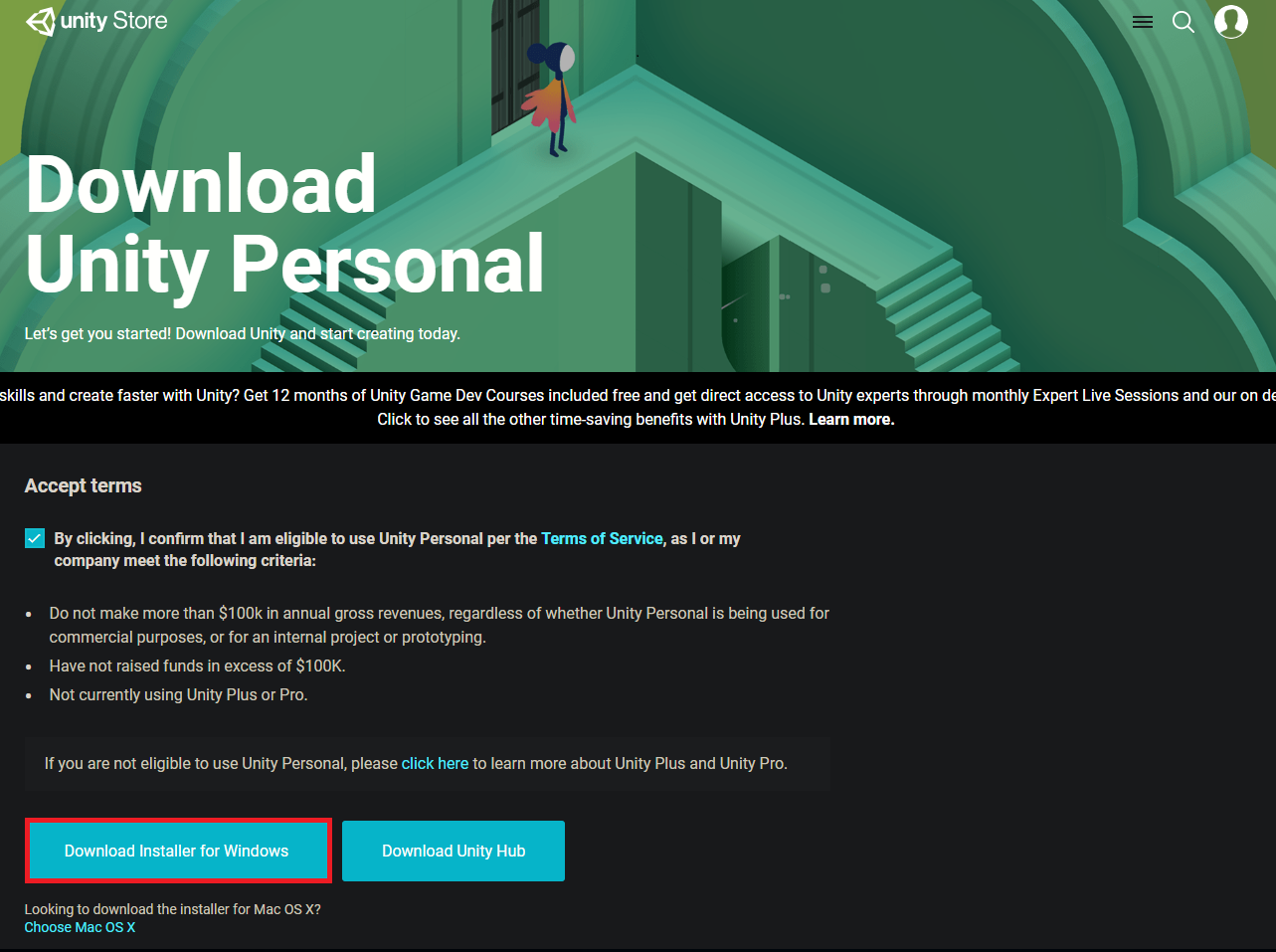
To find out more about the Addressable Asset System, supported by Unity 2019 LTS and newer, check out this blog post, and use this Documentation guide to get started. The Addressable Assets Systems enables you to locate faulty assets that could bother your players and, when the issue is fixed, you can deploy new assets all without anyone needing to re-download the game. You can also use CCD to help with fixing bugs as the same principle applies. This means you can build assets for each area, level, or planet and upload them to the cloud using CCD.ĭoing this means you don’t have to rebuild the entire game every time something needs to be added or tested on a specific area or planet, allowing for quick iteration for designers to test new art and features. Then, you can use the Addressable Asset System, which allows you to safely and efficiently manage the content of complex projects. This can be really tricky to handle smoothly as a lot of builds can struggle to sustain the sheer volume of assets involved, such as different models and textures.ĬCD can help by breaking the game down into each environment, each of which with its own Git repository containing their respective assets. If there are components in a game that can be categorized, such as different levels or environments, developers can test game design elements or art assets in each component without affecting the whole game.Ī practical example of how this could be used is if you needed to test out designs in a game where players visit a large amount of different environments, biomes, or even planets. Plus, new features like Promotion-only Buckets and Private Buckets increase the safety guards on releases, making the content delivery process even more secure and streamlined. Release management could easily be handled by any QA or production team member, allowing developers to focus on creating fresh content for their players.

According to Ibs Rageh, VP of Engineering at Nifty Games, CCD’s easy-to-use web portal is accessible enough for non-engineering team members to use.įor Nifty Games, once CCD was set up, the content release process required very little attention and oversight from engineering teams.

Adopting a three-in-one tool like CCD (as opposed to a CDN on its own) prevents engineers from being bogged down with building a release and version management system from scratch. The content in one bucket would be the exact same as the assets to be tested when promoted to another bucket, so that whatever QA members signed off on was exactly what went out to players.Īnother way that CCD can improve development workflows is by simplifying release management. Nifty Games used Remote Config to specify which badges are served to specific audiences and used the bucketing system to test the exact content that players would have available to them. A typical workflow example could be having separate buckets per platform, such as an “iOS Production” bucket and an “Android Production” bucket.Ĭombining that system with Campaigns – powered by Unity’s Remote Config – allows developers to run tests by distributing badged content to a select group of targeted players, all without affecting the live player base.

You can create custom buckets and badges based on your needs.įor example, a content release can be promoted from a “Development” bucket to a “Production” bucket in order to be deployed to players. One of CCD’s main functionalities is to upload asset bundles to buckets, and then badge and distribute them to designated players. One way CCD helps with streamlining the production process is through its badging and bucketing system, which allows developers to test the content they would like certain players to receive.


 0 kommentar(er)
0 kommentar(er)
